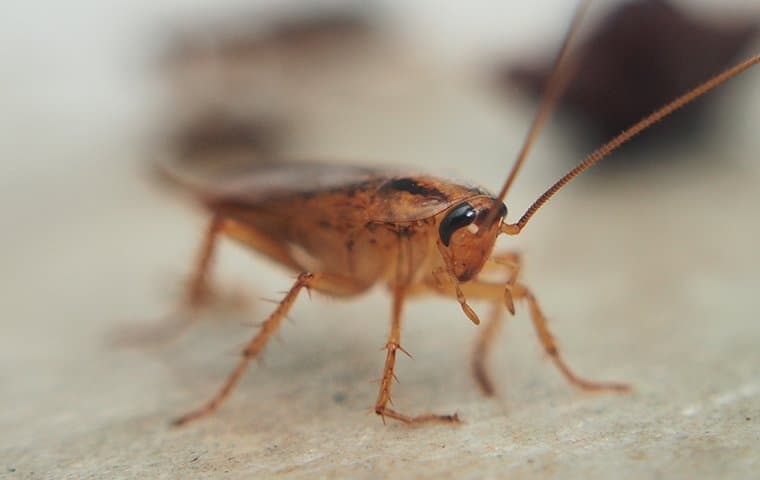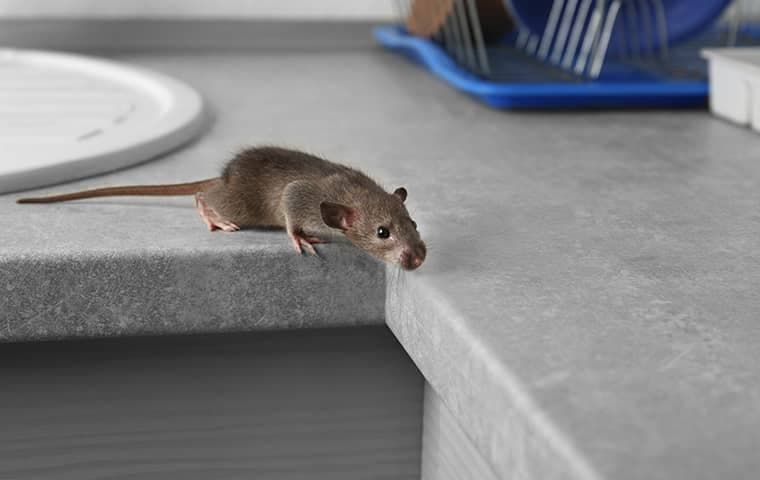
A Step-By-Step Guide To Cockroach Control In St. Charles
April 2, 2024
Do you know what works best to stop cockroaches in St. Charles? We do! Learn from today's article what you should do to combat these pests.... Read More
Request Your Inspection Today! (815) 427-1211
Buy NowOverwintering pests are adult insects that live outside in the spring, summer, and fall, but move inside during the winter months. Overwintering pests move into our homes to protect themselves from the cold, harsh weather. In the spring, when the weather warms, they move back outside in order to continue feeding and breeding.

Overwintering pests that commonly invade Northern Illinois, Eastern Iowa, and Central Wisconsin homes and other buildings include boxelder bugs, Asian beetles, stink bugs, and cluster flies.
Boxelder bugs
Boxelder bugs have a distinct appearance. They are black in color while their bodies and their wings are outlined in an orange-red color.
Asian beetles
Asian beetles are found in a wide variety of colors including yellow, red, and orange. Their bodies are usually covered in a varying number of dark spots. They have smooth, oval-shaped bodies that are domed.
Stink bugs
Stink bugs are a mottled, grayish-brown in color, with copper or bluish-metallic patches of color found on their heads. They have a triangular-shaped plate, or “shield” on their backs. Another common way that stink bugs are identified is by their smell. Stink bugs release a powerful and foul-smelling odor from special glands located under their thorax.
Cluster flies
Cluster flies are a large species of fly. Except for being larger in size, they look similar to and are commonly confused with house flies. The body of cluster flies is long and narrow, and they are dull gray in color. They have dark black and golden-colored hairs on their thorax and legs.
Overwintering pests are more annoying than they are dangerous. They don’t bite, sting, or create any significant health risks for people. They move inside homes to find safe, secure shelter, and they prefer to stay out of sight. Overwintering pests are a nuisance. They can be smelly, and they may stain upholstery, walls, or curtains. During warm, sunny days they sometimes emerge from their hiding spots and gather together along windows and window sills.
Often, in late fall, overwintering pests gather together in large numbers on the sunny, exterior walls of homes and other buildings. As they travel up the walls, they find their way inside through cracks and openings in the foundation and exterior walls. Once inside your home, they will become a nuisance, traveling over walls, curtains, furniture, and flooring until they find a spot where they can overwinter.
Overwintering pests seek warm, safe, secluded spaces to spend their winters. Many times, insects like box elder bugs, Asian beetles, stink bugs, and cluster flies will overwinter underneath tree bark, mulch, or other plant materials. However, if they find their way into homes or other buildings, they gather together inside attics, behind wall voids, and underneath floors.
The best solution to an overwintering pest infestation is a proactive, professional solution. At Pest Control Consultants, our certified service technicians provide outstanding pest control solutions to eliminate current pest problems in your home and prevent future problems with pests.
The St. Charles pest experts at Pest Control Consultants are dedicated to using the latest scientific techniques and up-to-date products, practices, and procedures to get rid of and control overwintering pests and other household-invading pests. To learn more about preventing problems with overwintering pests in your business or home, or to schedule a free inspection, call Pest Control Consultants.
Keeping overwintering pests off of your Northern Illinois, Eastern Iowa, or Central Wisconsin property and out of your home can be difficult.
There are a few things you can do to help deter them:
Caulk cracks and crevices in the foundation and exterior walls of your home.
Make sure all screens are intact.
Place caps on chimneys.
Seal spaces around utilities, wires, and cables that enter into your home from its exterior.
Place weather stripping around windows and doors.
Repair spaces found along the roofline, at roof intersections, and repair broken shingles.
Place mesh caps over the end of gutter spouts and over vents.
Complete the form below to schedule your no obligation inspection.

April 2, 2024
Do you know what works best to stop cockroaches in St. Charles? We do! Learn from today's article what you should do to combat these pests.... Read More

March 29, 2024
Learn why an infestation of mice in your La Valle home is a health hazard, what attracts them, and the best way to eliminate them with PCC.... Read More